Home>Home Appliances>Bathroom Appliances>How Much Weight Do Clothes Add On The Scale
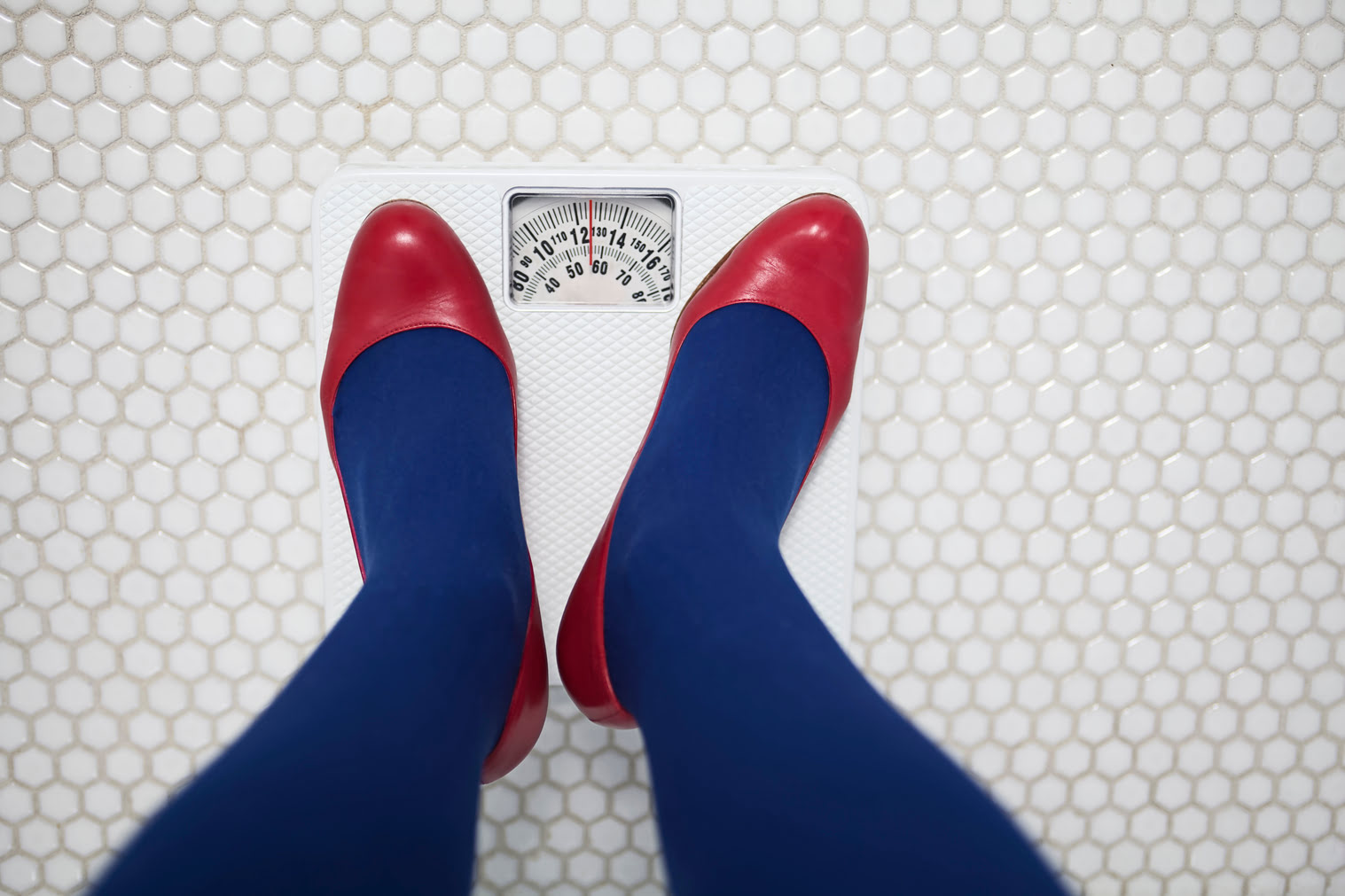

Bathroom Appliances
How Much Weight Do Clothes Add On The Scale
Modified: February 18, 2024
Discover how bathroom appliances can affect your weight and learn how much weight clothes can add on the scale. Find out more about the impact of clothing on your weight measurement.
(Many of the links in this article redirect to a specific reviewed product. Your purchase of these products through affiliate links helps to generate commission for Storables.com, at no extra cost. Learn more)
Introduction
Have you ever stepped on the scale, only to wonder how much your clothes are affecting the number you see? It's a common concern for many individuals who are conscious of their weight. The impact of clothing on the scale can be significant, and understanding this influence is essential for accurately tracking your weight.
When it comes to measuring your weight, the clothes you wear can make a noticeable difference. Whether you're wearing lightweight activewear or heavy winter garments, the added weight can skew the number on the scale. This phenomenon often leads to questions about how much weight clothes actually add and how to ensure an accurate measurement.
In this article, we'll delve into the factors that contribute to the weight added by clothes, explore the potential impact on the scale, and provide valuable tips for obtaining precise weight measurements. By gaining insight into these aspects, you'll be better equipped to gauge your weight accurately and make informed decisions about your health and fitness journey. So, let's unravel the mystery of how much weight clothes can add on the scale and discover the best practices for achieving reliable weight measurements.
Key Takeaways:
- Clothes can add up to 5 pounds on the scale, depending on fabric, layers, accessories, and moisture. Consistent attire, subtracting clothing weight, and emptying pockets can help achieve accurate measurements.
- Wear the same clothes, subtract their weight, and empty your pockets to get an accurate weight measurement. Stick to a weighing routine and record your measurements for better insights.
Read more: How Much Weight Does Shoes Add To The Scale
Factors that Contribute to Weight Added by Clothes
The weight added by clothes on the scale is influenced by various factors, each playing a role in determining the extent of this impact. Understanding these factors is crucial for comprehending how clothing affects weight measurements.
Fabric Type and Thickness
The type and thickness of the fabric significantly contribute to the additional weight reflected on the scale. Heavy fabrics such as denim, wool, and corduroy naturally add more weight compared to lighter materials like cotton, silk, or synthetic blends. Additionally, the density of the fabric affects how much it compresses and holds moisture, further influencing the weight it adds.
Number of Layers
Wearing multiple layers of clothing can substantially increase the weight registered on the scale. Each additional layer, whether it's a sweater, jacket, or coat, contributes to the overall weight. Moreover, the cumulative effect of multiple layers can lead to a more noticeable difference in weight when compared to wearing a single garment.
Accessories and Footwear
Accessories such as belts, jewelry, and shoes also contribute to the total weight. While these items may seem insignificant, their combined weight can impact the overall measurement. For instance, a pair of heavy boots or a chunky belt can add several pounds to the scale, potentially skewing the accuracy of the reading.
Read more: How To Reset A Weight Scale
Moisture Retention
Clothing that retains moisture, either from sweat or environmental factors, can add extra weight. This is particularly relevant for workout attire or garments worn in humid conditions. The moisture retained by the fabric adds temporary weight, which can affect the scale reading until the clothing dries completely.
Size and Fit
The size and fit of the clothing play a role in how much weight they add on the scale. Loose-fitting garments may sway more with movement, leading to fluctuations in the scale reading. Conversely, tight-fitting clothes can compress the body, potentially impacting the accuracy of the weight measurement.
By considering these factors, individuals can gain a deeper understanding of how clothing contributes to the weight displayed on the scale. This awareness is valuable for those seeking precise weight measurements and aiming to account for the influence of clothing on their overall weight management journey.
How Much Weight Clothes Can Add on the Scale
The extent to which clothes can add weight on the scale varies based on several factors, as discussed earlier. The combined impact of fabric type, number of layers, accessories, moisture retention, and clothing size and fit can result in a noticeable difference in the scale reading. While it's challenging to provide an exact figure due to the diverse nature of clothing and individual variations, it's essential to acknowledge the potential range of added weight.
In general, a single layer of lightweight clothing, such as a t-shirt and shorts, may add approximately 0.5 to 1 pound on the scale. However, as the fabric becomes thicker and heavier, the added weight can increase significantly. For instance, a pair of jeans and a long-sleeved shirt might contribute an additional 1.5 to 2.5 pounds, while a winter coat, along with other cold-weather attire, could add 3 to 5 pounds or more.
When considering multiple layers, the cumulative effect becomes more pronounced. Wearing a combination of garments, including undergarments, tops, sweaters, jackets, and outerwear, can lead to a collective weight addition of 5 pounds or higher. This range can fluctuate based on the specific clothing items and their respective weights.
Accessories and footwear also play a role in the overall weight impact. Items such as heavy boots, thick belts, and substantial jewelry can contribute an extra 1 to 3 pounds, depending on their individual weight. Additionally, the retention of moisture in clothing due to sweat or environmental conditions can temporarily add 0.5 to 1.5 pounds, further influencing the scale reading.
It's important to note that these estimations are general guidelines, and the actual weight added by clothes may vary for each individual and their specific attire. Factors such as body size, metabolism, and the composition of the clothing materials can influence the extent of the added weight. Therefore, while it's valuable to be aware of these potential ranges, obtaining an accurate measurement requires considering personal variables and making adjustments accordingly.
By understanding the potential weight contributions of different clothing items and taking into account individual variations, individuals can approach weight measurements with a more informed perspective. This knowledge empowers them to make conscious decisions about how to interpret and manage their weight in a manner that aligns with their health and fitness goals.
Tips for Accurately Weighing Yourself with Clothes
When it comes to obtaining precise weight measurements while wearing clothes, implementing the following tips can significantly enhance the accuracy of the scale reading:
-
Consistent Attire: To establish a reliable baseline for your weight measurements, wear the same type of clothing each time you weigh yourself. Whether it's a specific set of undergarments, lightweight activewear, or casual attire, maintaining consistency in your clothing choice minimizes the variability introduced by different fabric types and weights.
-
Subtract Clothing Weight: If obtaining the exact weight of your body without clothing is essential, you can subtract the estimated weight of your attire from the total measurement. To determine the approximate weight of your clothes, use a simple handheld scale to weigh each item individually and subtract this combined weight from your total weight on the scale.
-
Weighing Routine: Establish a consistent weighing routine by choosing a specific time of day and frequency for measurements. Whether it's in the morning before getting dressed or in the evening after work, maintaining a regular schedule helps account for fluctuations in body weight and ensures a more accurate assessment of your progress.
-
Empty Pockets and Accessories: Before stepping on the scale, empty your pockets of any items such as phones, wallets, or keys, as these can add extra weight. Additionally, remove any heavy accessories or footwear that could impact the scale reading, allowing for a more precise measurement of your body weight.
-
Dry Clothing: If moisture retention is a concern, ensure that your clothing is dry before weighing yourself. This is particularly relevant for workout attire or garments exposed to humid conditions. By allowing the fabric to dry completely, you can eliminate the temporary weight added by moisture, leading to a more accurate representation of your body weight.
-
Mindful Movement: When stepping onto the scale, stand still and distribute your weight evenly to obtain a stable reading. Avoid excessive movement or shifting of your body, as this can introduce fluctuations in the measurement. Maintaining a steady posture allows for a more consistent and reliable weight reading.
-
Record and Compare: Keep a record of your weight measurements, including the attire worn during each session. By tracking this information over time, you can identify patterns and better understand how different clothing choices may influence the scale reading. Comparing measurements under various clothing conditions provides valuable insights into your weight management journey.
By incorporating these tips into your weighing routine, you can navigate the influence of clothing on the scale and achieve more accurate and meaningful weight measurements. This proactive approach empowers you to make informed decisions about your health and fitness goals, ensuring that your weight tracking reflects a true representation of your progress.
Frequently Asked Questions about How Much Weight Do Clothes Add On The Scale
Was this page helpful?
At Storables.com, we guarantee accurate and reliable information. Our content, validated by Expert Board Contributors, is crafted following stringent Editorial Policies. We're committed to providing you with well-researched, expert-backed insights for all your informational needs.
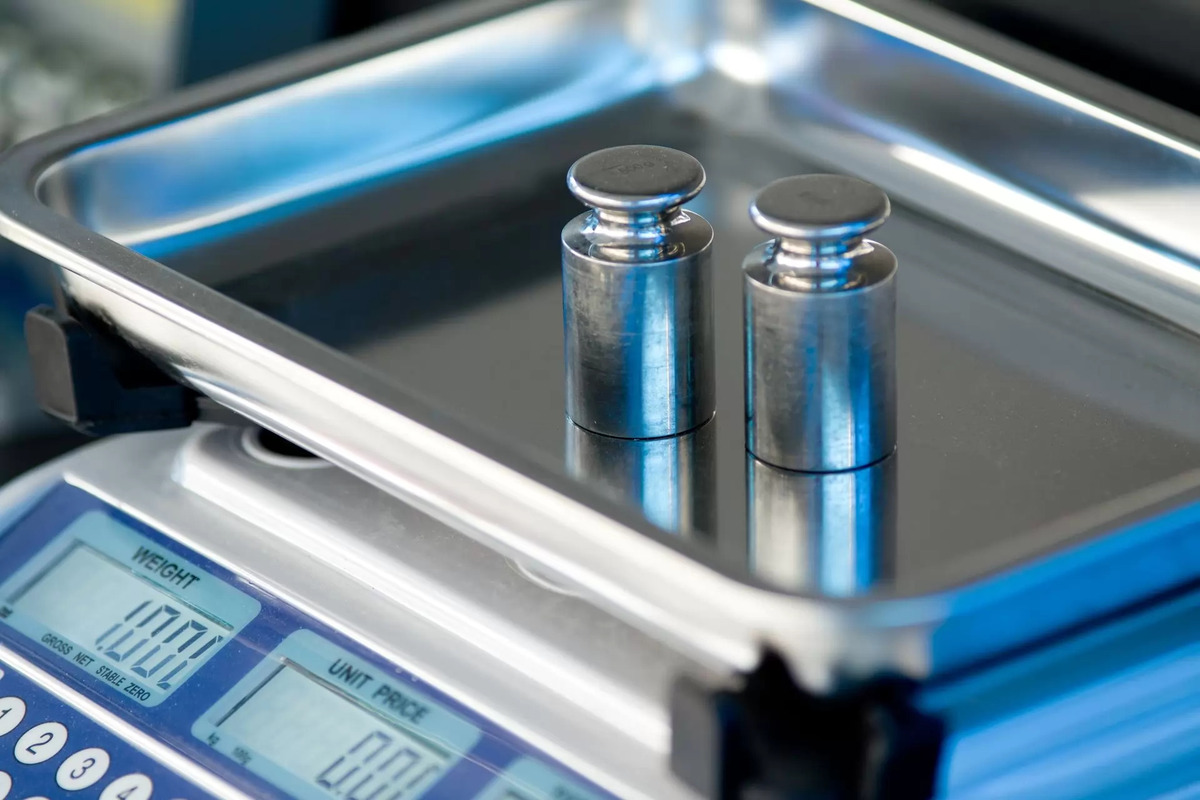
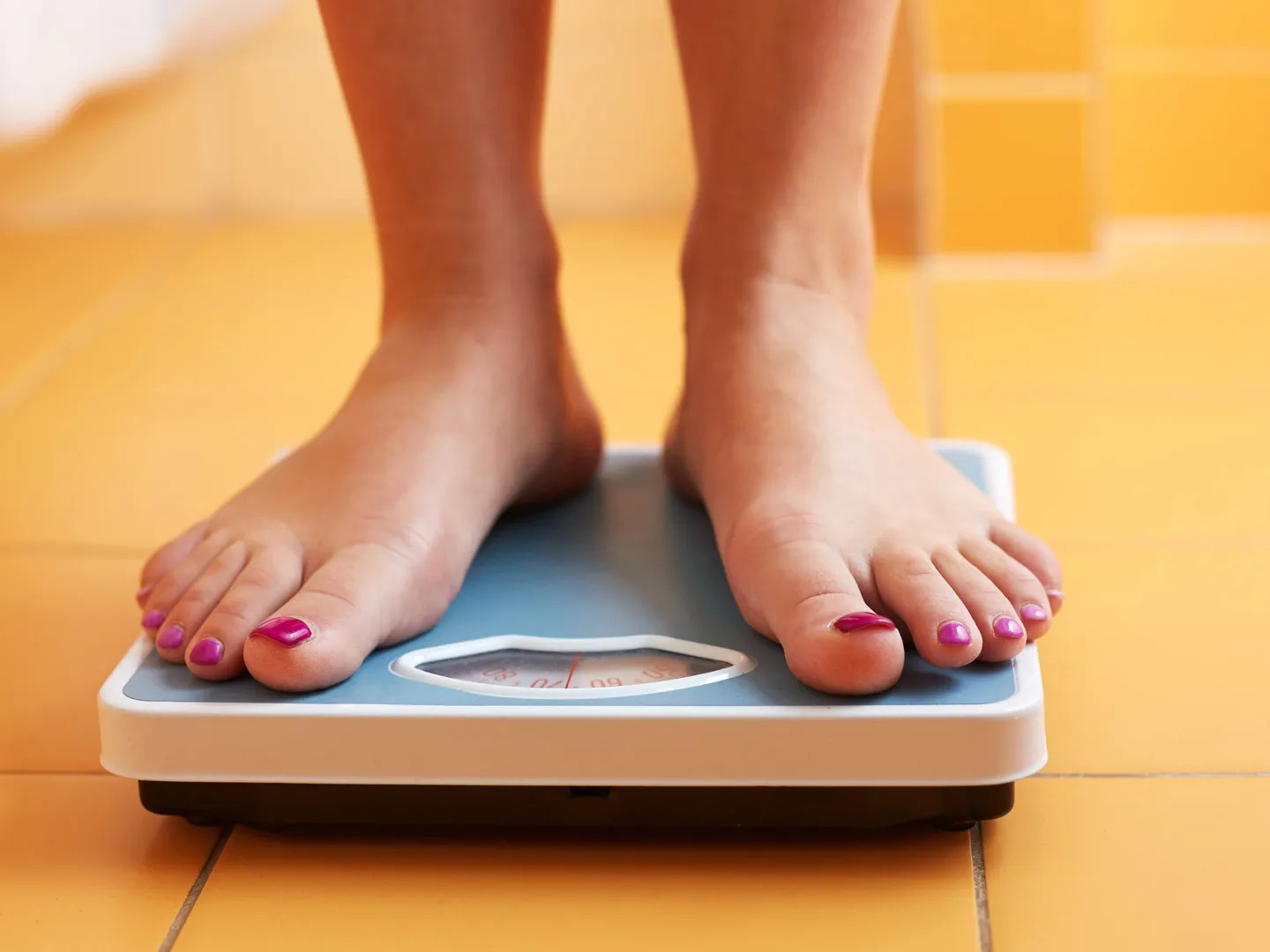
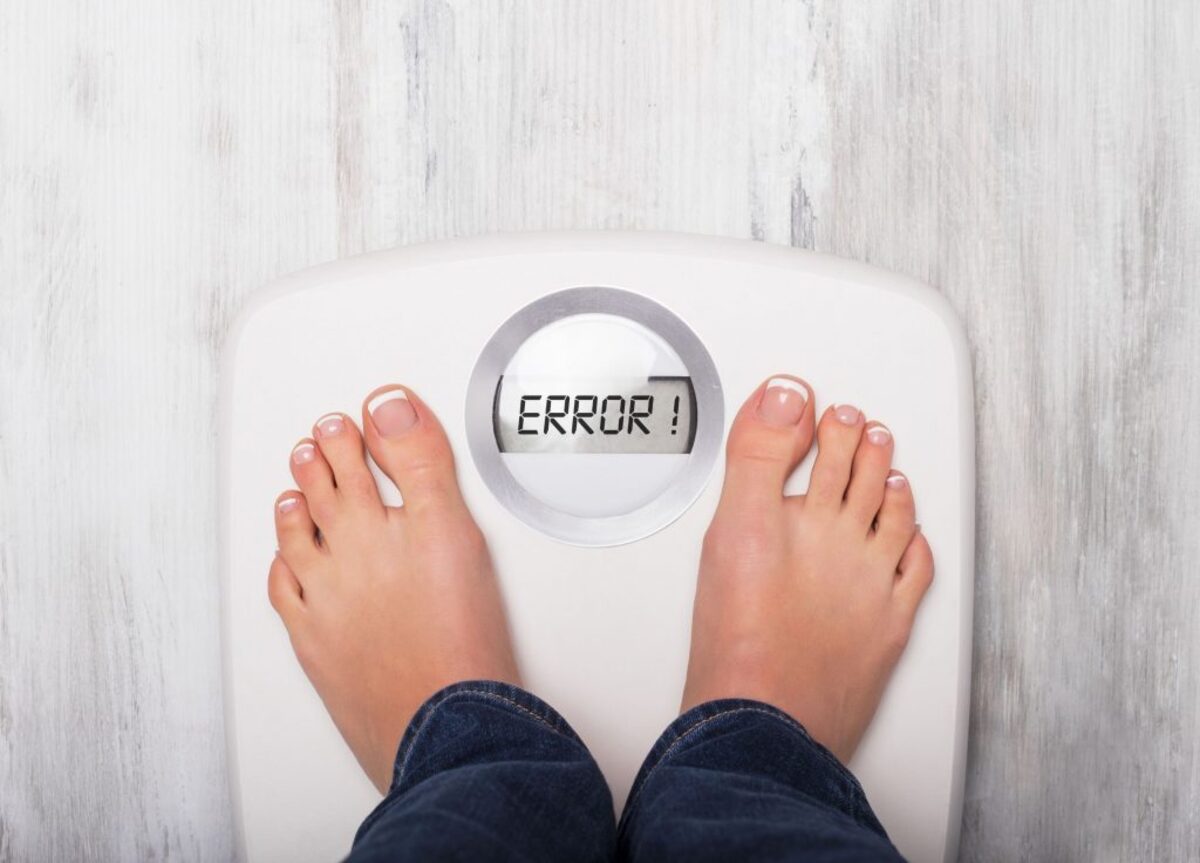
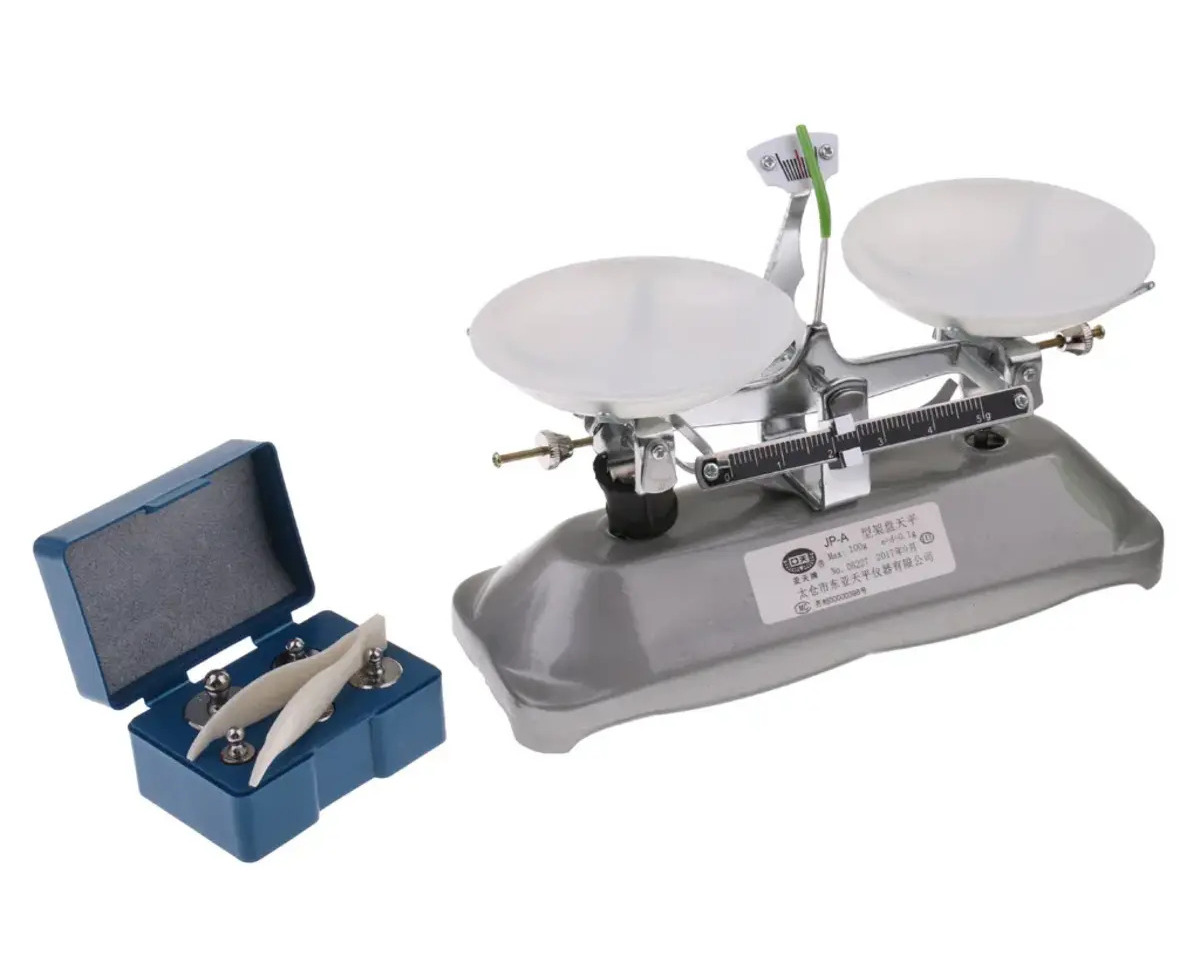
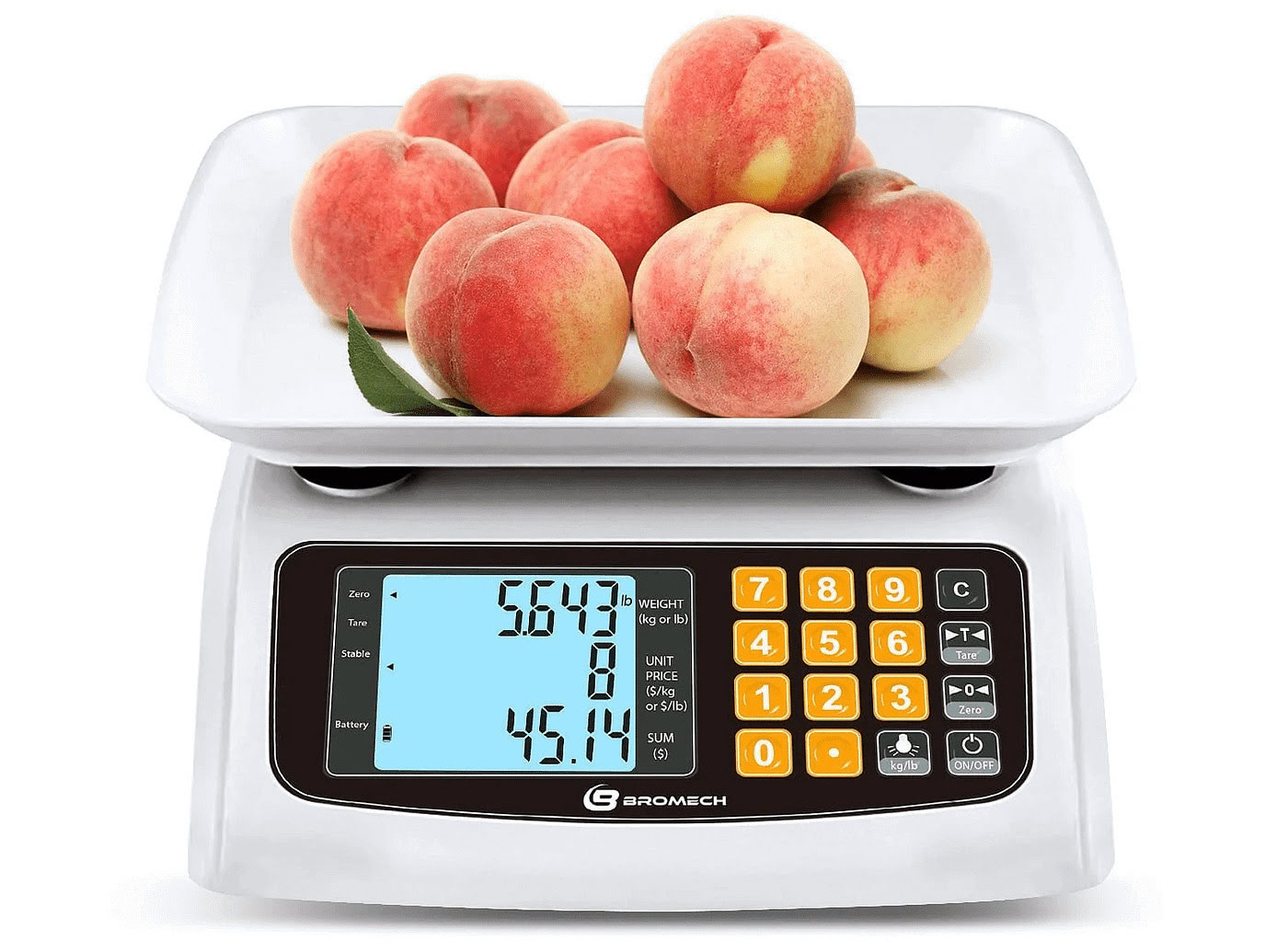
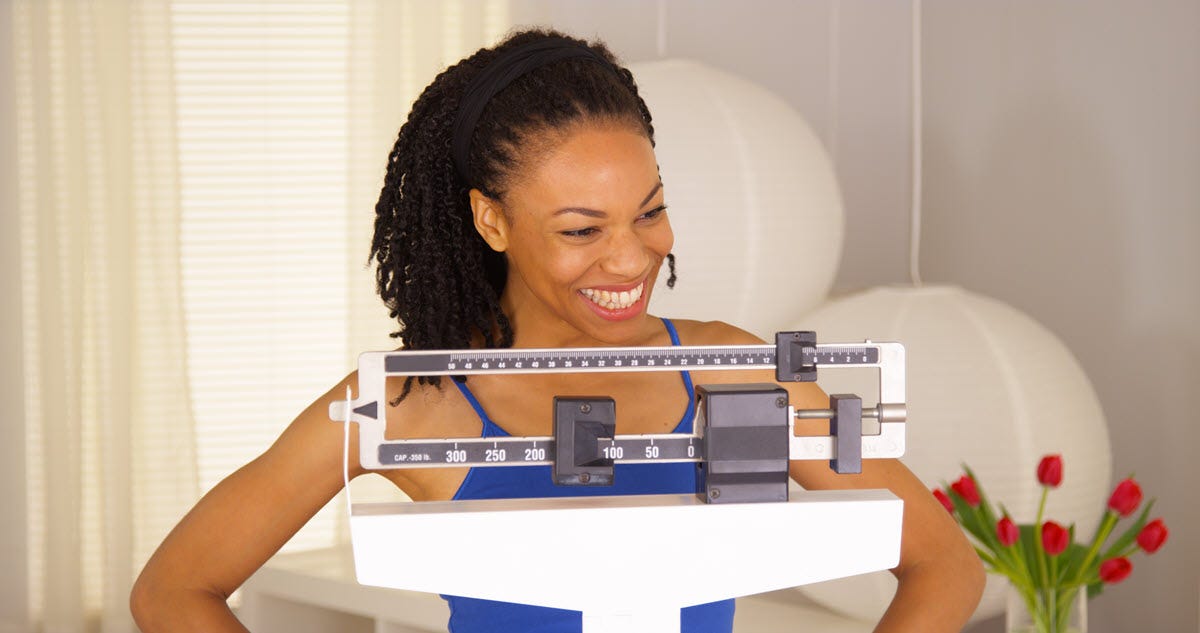
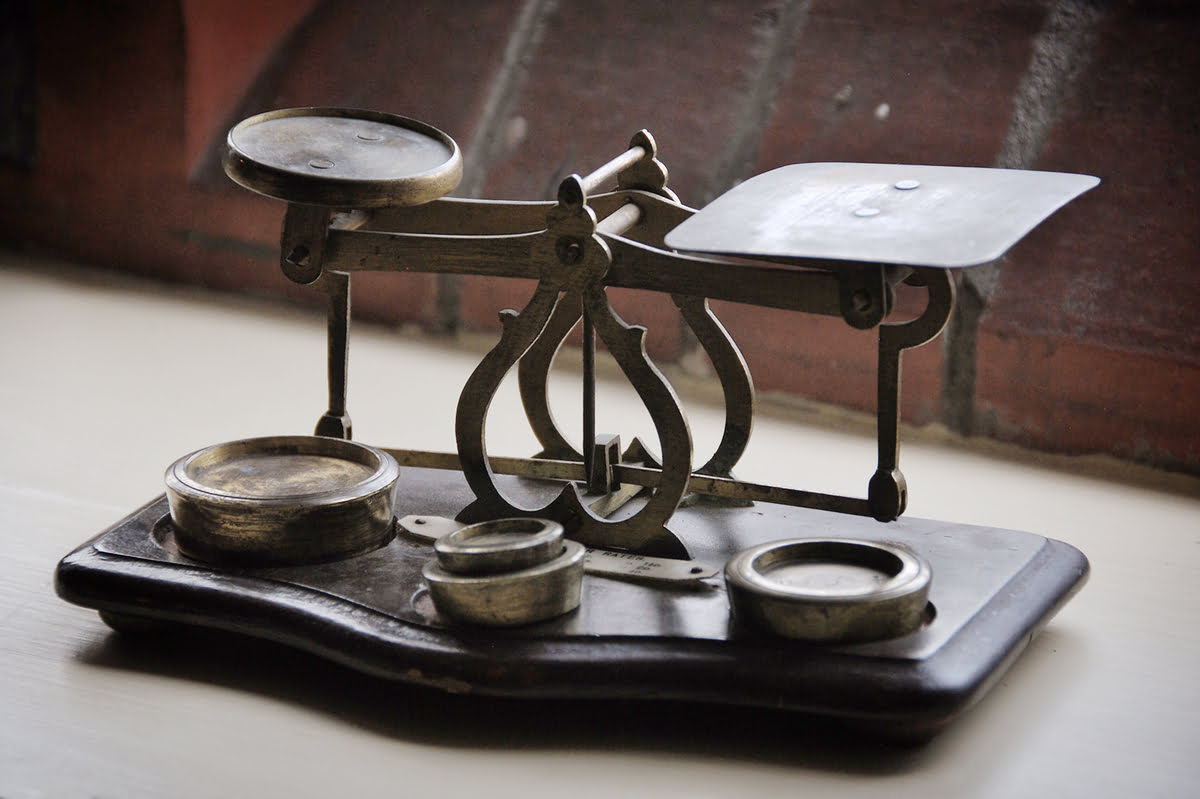
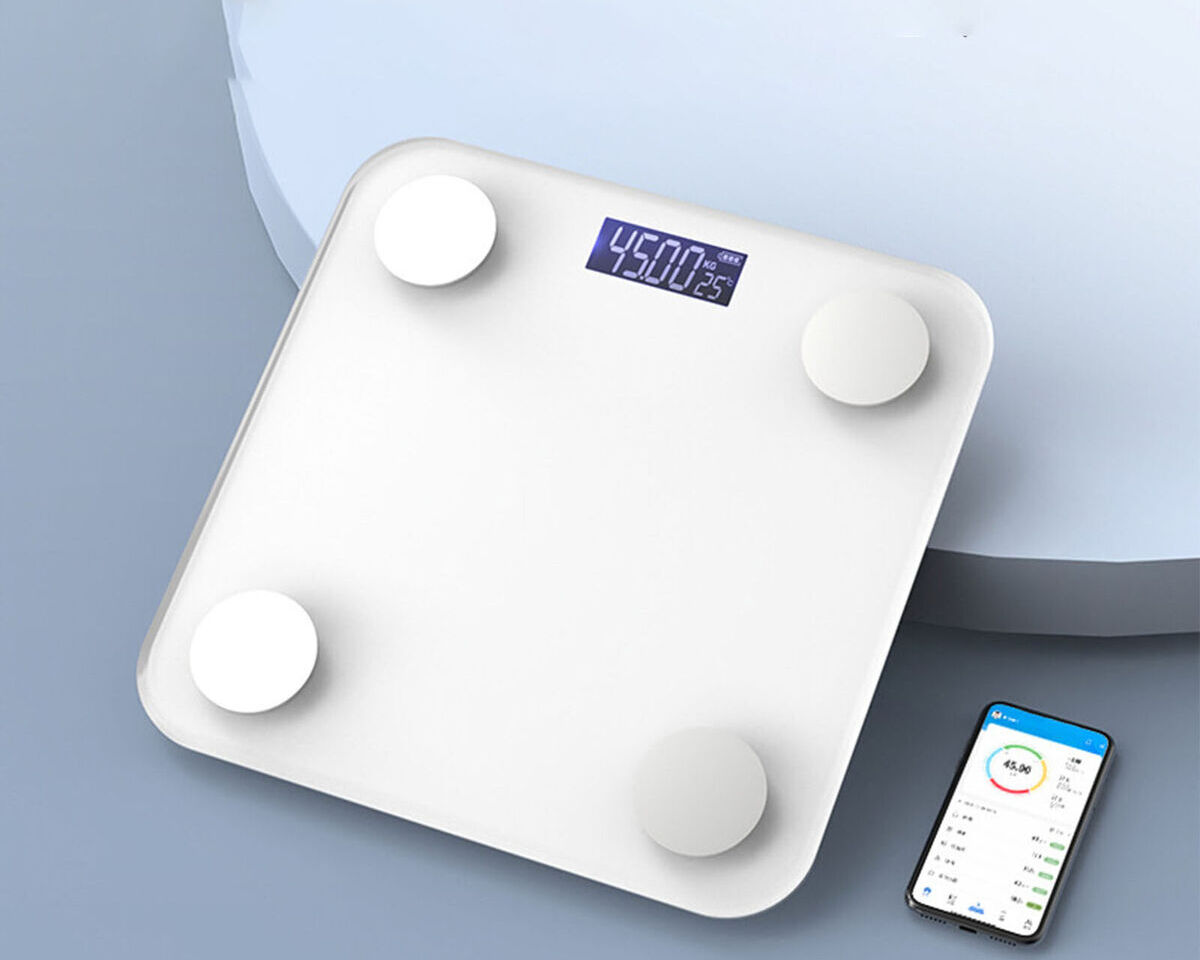
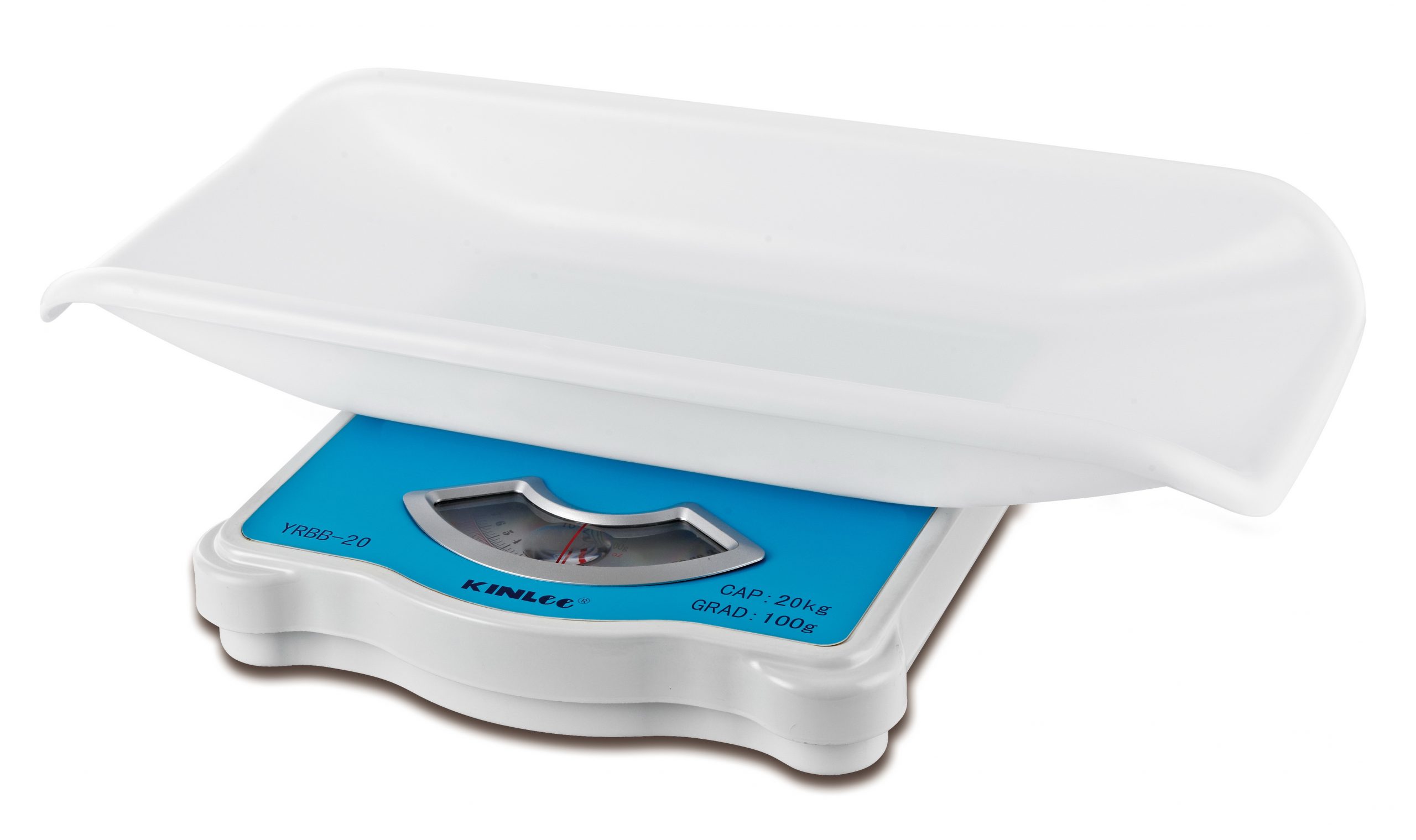
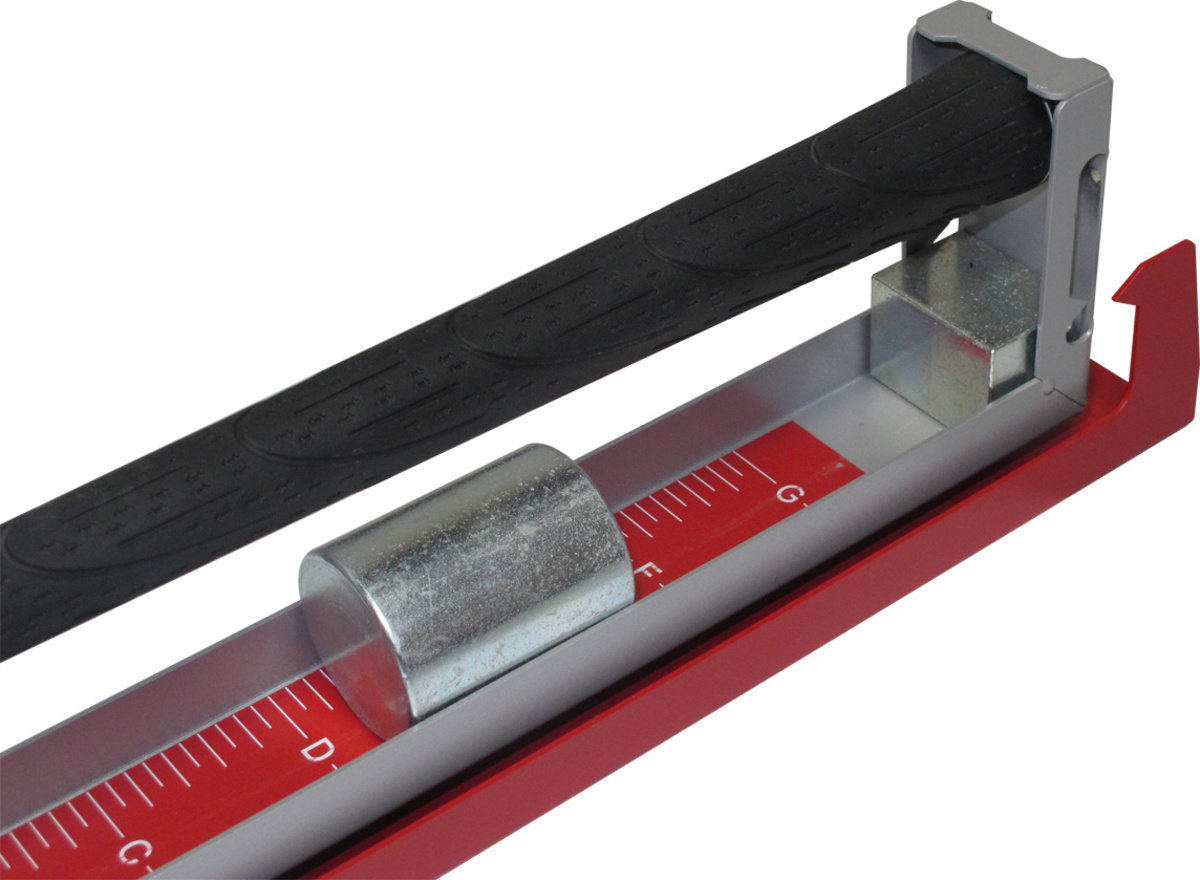
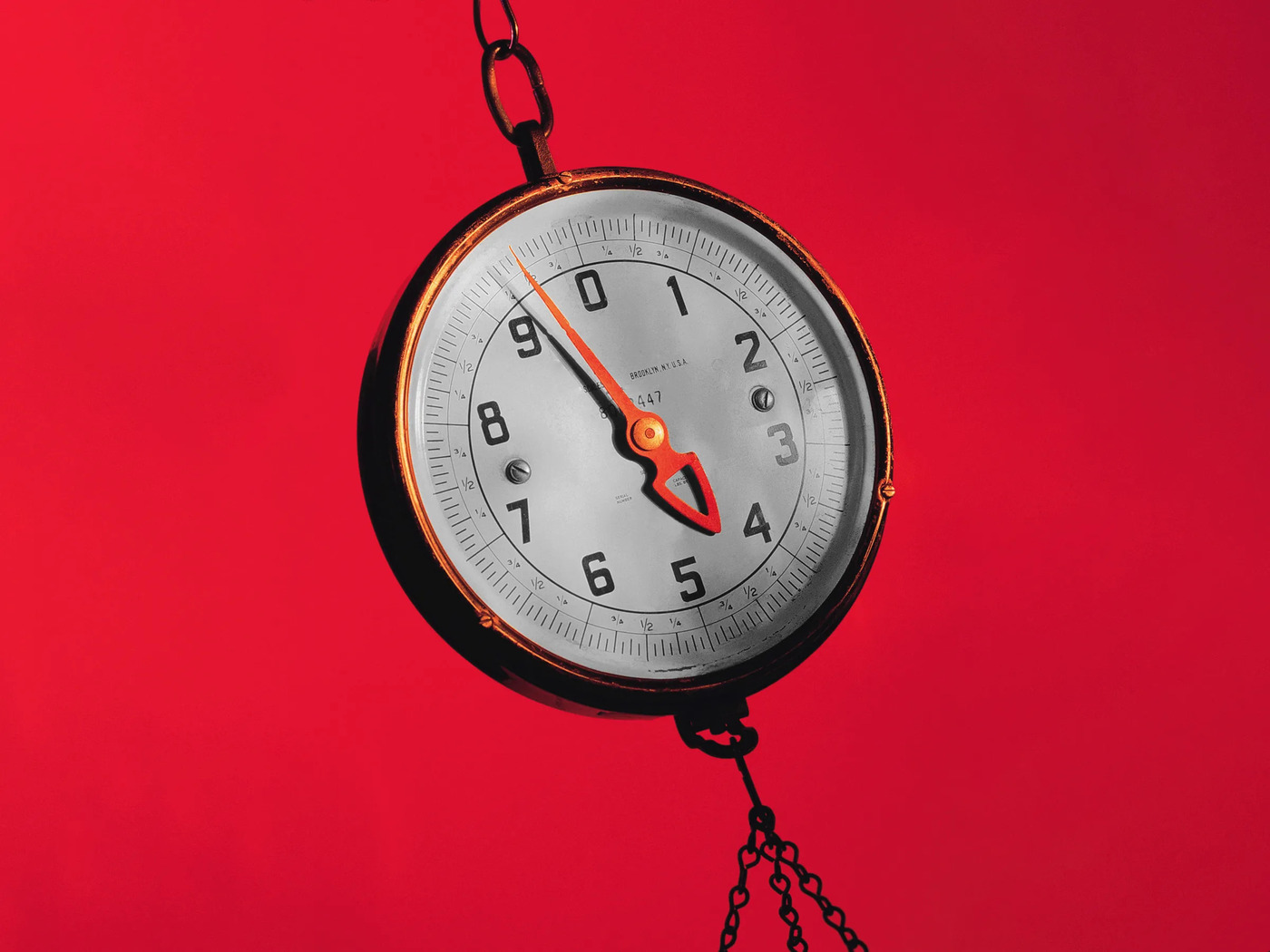
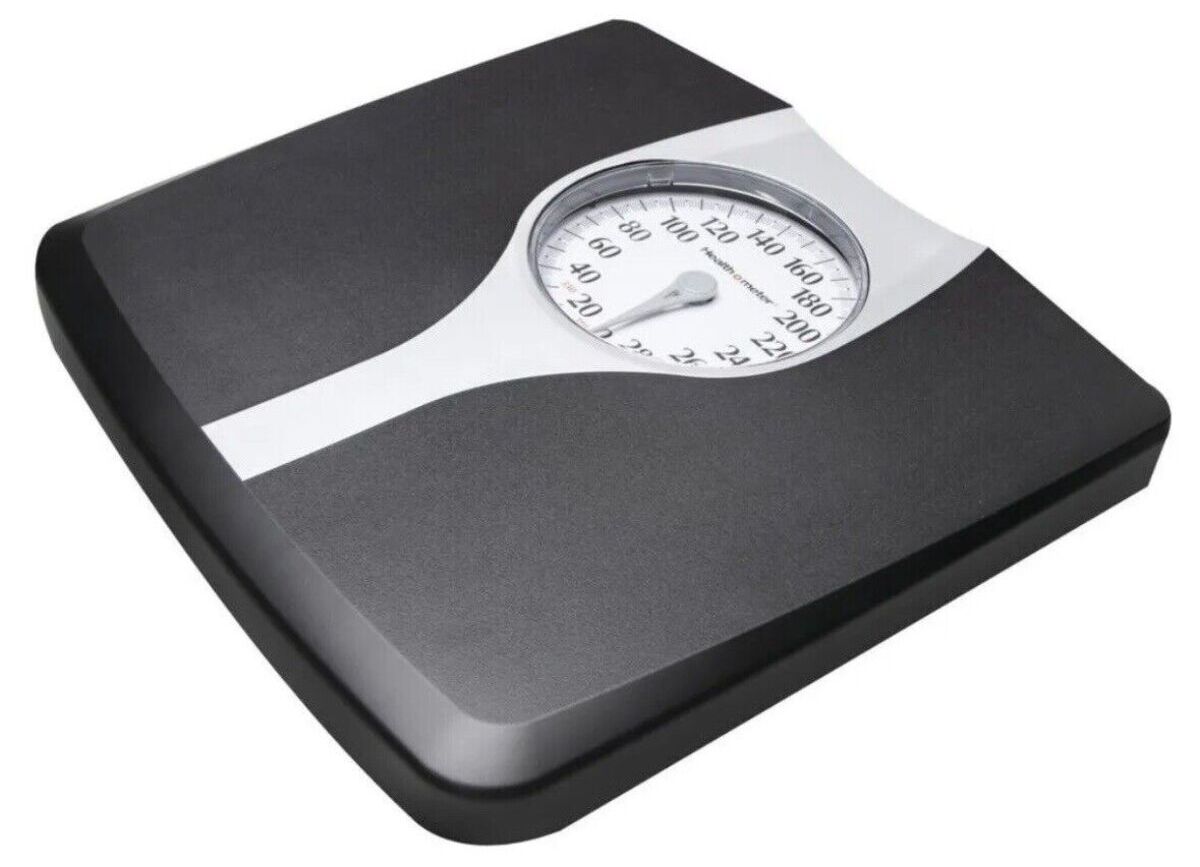
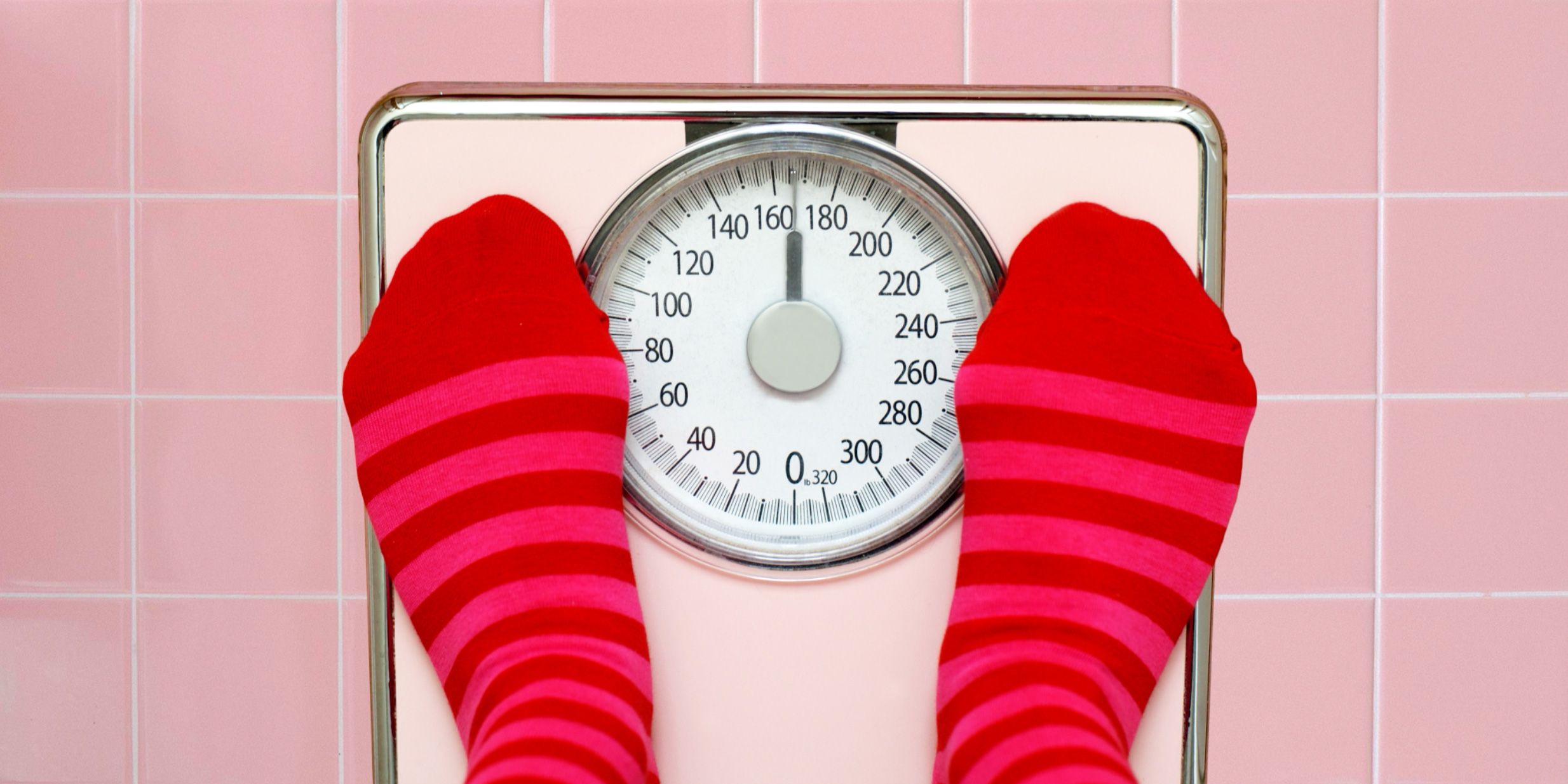
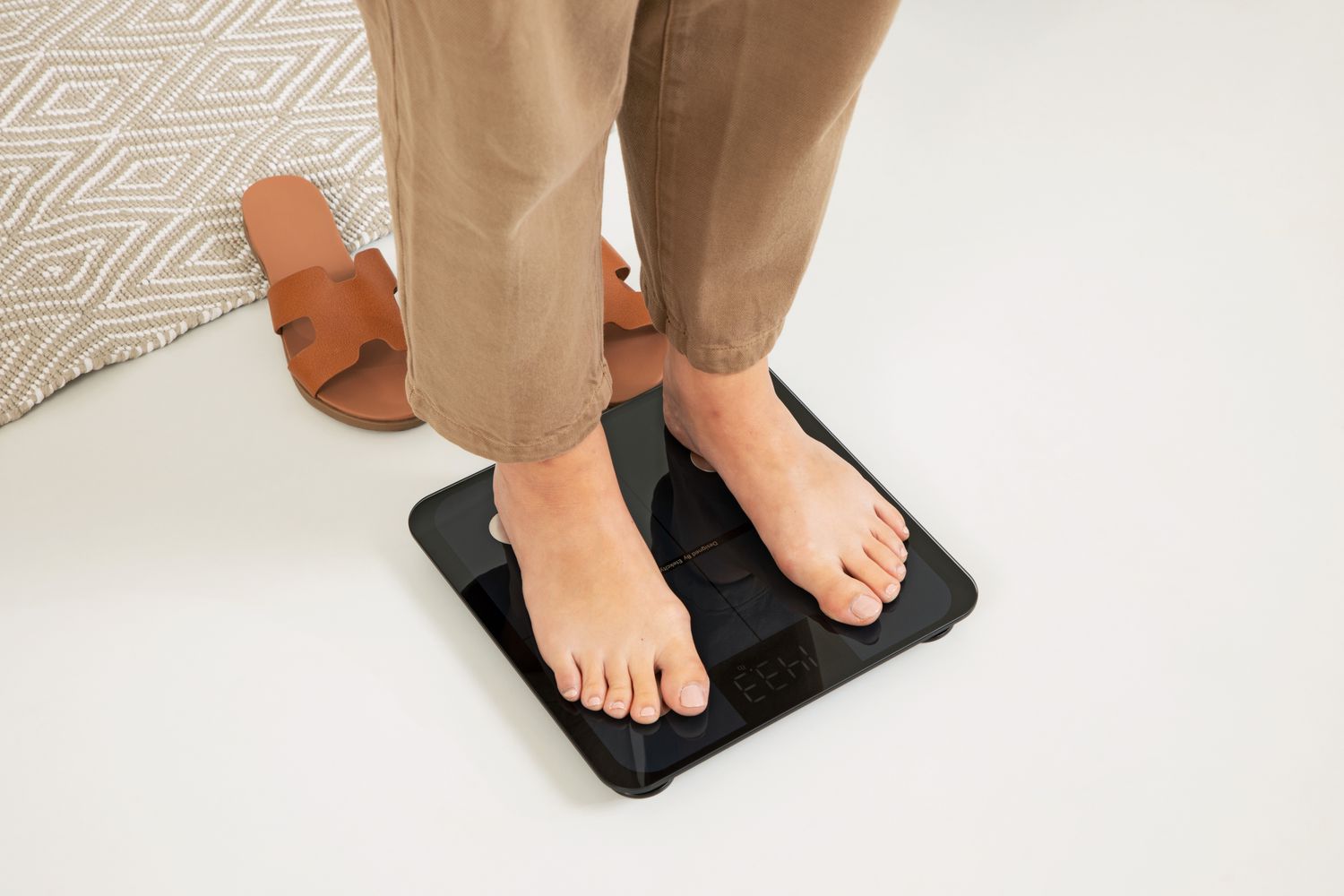

0 thoughts on “How Much Weight Do Clothes Add On The Scale”